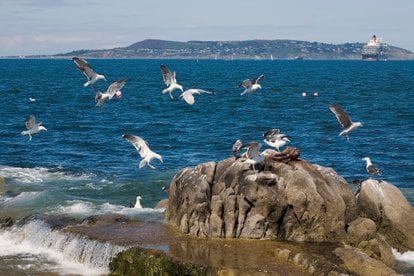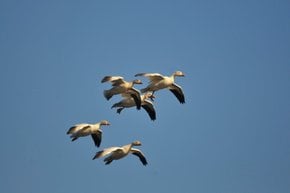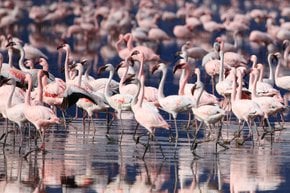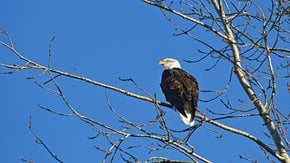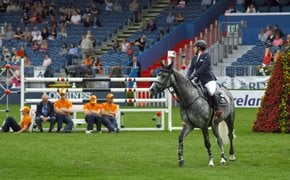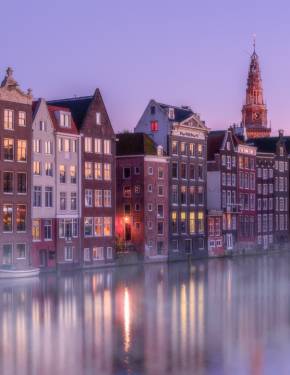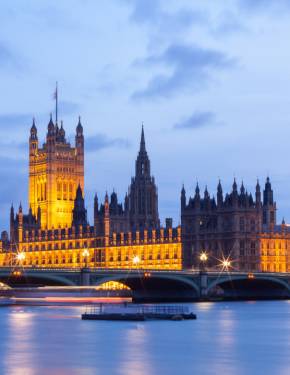Birdwatching in Dublin 2026
Over 250 species of bird species are recorded in Dublin
Best time: July–October
Dublin area is among Ireland's top birding destinations. Bull Island in Dublin Bay is well-known internationally for its bird sites. In winter, it hosts birds that arrive from North America and the Arctic region for winter feeding. But the most spectacular time is during late summer and early autumn when a huge number of seabirds arrive at the Irish coast.
Dublin Bay is a good site to spot cliff-nesting Black Guillemots, especially around the Howth Head during their breeding season in summer. Puffins and gannets can be spotted on Ireland's Eye island during the summer months as well.
Other birding sites near Dublin include Sandymount Strand, Booterstown Marsh, Dun Laoghaire Harbour, Cabinteely and Kilbogget Parks, Kilcoole Marsh and BirdWatch Ireland's East Coast Reserve in Blackditch.

